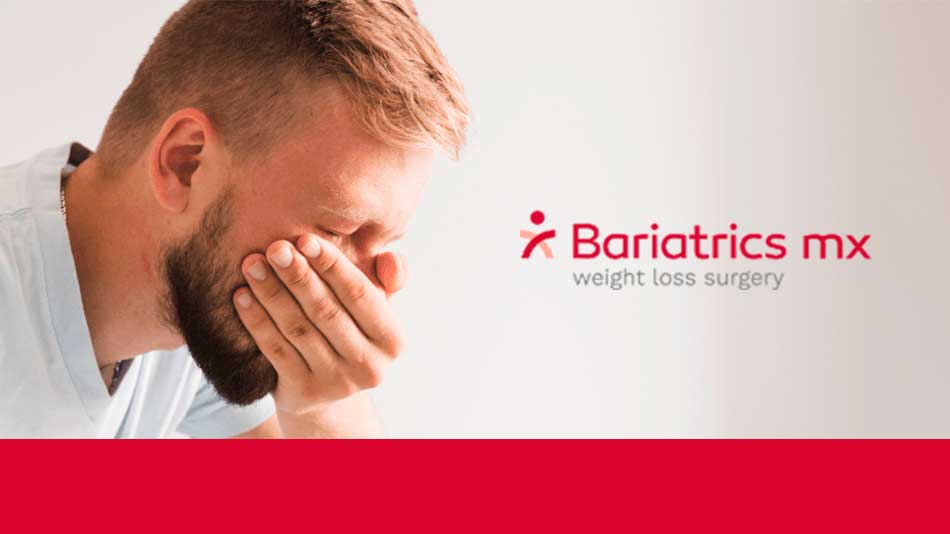Why is nausea common after gastric sleeve surgery?
If you’re 3 weeks into your gastric sleeve recovery and still feeling a bit nauseous, you’re not alone. It’s one of those things that almost everyone deals with. Your stomach has just gone through a major change shrinking down to the size of a banana and now it’s figuring out how to do its job all over again. Nausea often pops up when you eat too fast, take big bites, or try to drink a bunch of water right after eating.
Causes of nausea three weeks after surgery
So, why does nausea hang around even three weeks after surgery? It could be a few things. Eating too much at once, picking foods that are too heavy or greasy, or even just not drinking enough water can set off that queasy feeling. Your body’s still healing, and your stomach is adjusting to its new size, so things like swelling or slow digestion are pretty common culprits. Sometimes it’s just about learning what your new normal is and tweaking your habits along the way.
Normal nausea vs. warning signs: how to tell the difference
Some nausea is expected especially if you’re still getting the hang of your eating routine. But there’s a line between what’s normal and what’s not. If your nausea is non-stop, you’re vomiting a lot, or you’re having sharp pain, it’s time to check in with your doctor. Dehydration can sneak up on you too, so watch for signs like dizziness or dark pee. It might not be a big deal, but things like strictures or ulcers are worth ruling out sooner rather than later.
Practical tips to reduce nausea after gastric sleeve
Dealing with nausea isn’t fun, but there are ways to ease it. Here’s what you can try:
- Take it slow: Small bites, chewed well, can go a long way. Think of it as giving your stomach a head start on digesting.
- Separate eating and drinking: It’s a good idea to space out your sips and bites about 30 minutes apart. It keeps your stomach from feeling overloaded.
- Small, more frequent meals: Instead of three big meals, try six mini-meals. Your stomach will thank you.
- Stay upright after meals: Let gravity help with digestion. A short walk or just sitting up can make a difference.
- Hydrate smartly: Sipping water throughout the day, instead of chugging, can help keep nausea at bay. Herbal teas, like ginger or peppermint, are great options, too.
Importance of hydration in managing post-surgery nausea
Staying hydrated is a bit of a balancing act after gastric sleeve surgery. Your smaller stomach can only hold so much, so instead of gulping down water, take it slow with small sips throughout the day. Aim for about 48–64 ounces daily, and mix it up with flavored water, herbal teas, or even some diluted juice if that sits better with you. Avoid fizzy drinks—they can really stir up that queasy feeling.
Diet adjustments to minimize nausea
Your diet plays a huge role in how you feel. Stick to foods that are easy on the stomach think low-fat yogurt, scrambled eggs, or pureed veggies. High-fat or spicy foods might be tempting, but they’re more likely to trigger nausea right now. As you feel better, you can slowly reintroduce lean proteins like chicken or turkey. Everyone’s tolerance is different, so listen to your body and adjust as needed.
When to see your doctor: recognizing complications
If nausea is sticking around and nothing seems to help, it’s worth a call to your doctor. Persistent vomiting, intense pain, or not being able to keep fluids down are signs that something might be off. It could be something simple, but it’s better to get checked out and make sure everything’s healing as it should be.
Home remedies and medications for nausea relief
There are some simple things you can try at home, like sipping ginger tea or using peppermint oil. Acupressure wristbands can also help with nausea for some people. If these don’t do the trick, talk to your doctor about safe medications. Sometimes, a prescription anti-nausea medication like Zofran can make a big difference, but it’s always good to start with natural options first.
How eating habits impact post-surgery recovery
Eating after surgery isn’t just about what’s on your plate; it’s about how you approach your meals. Taking your time, eating mindfully, and sticking to foods that agree with your stomach can make all the difference. The way you eat now is a habit that’ll help you not just in recovery, but for long-term success with your weight loss goals. It’s all about finding a rhythm that keeps you feeling good and supports your new lifestyle.
Frequently asked questions
How to get rid of nausea after gastric sleeve?
Start with slow, mindful eating and keep your portions small. Hydrate by sipping water or herbal teas throughout the day, and steer clear of fizzy drinks. If things aren’t improving, your doctor can recommend safe medications that might help.
What is the sickness bug after gastric sleeve?
Sometimes, people refer to a stomach bug when they’re feeling really nauseous or unwell after surgery. It’s not uncommon to pick up a stomach flu, and it feels worse with a smaller stomach. The best approach is rest, hydration, and reaching out to your doctor if symptoms linger.
Is it normal to feel nauseous a month after gastric sleeve?
Yes, it’s pretty normal. Your body is still adjusting even a month out. But if it’s constant or getting worse, check in with your healthcare provider to make sure everything’s on track.
What causes prolonged nausea after surgery?
Prolonged nausea might come from diet issues, dehydration, or complications like ulcers. It’s best to talk with your doctor, who can help pinpoint the cause and get you back to feeling better.









